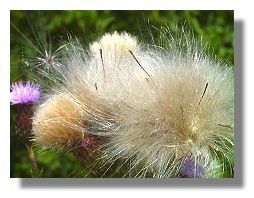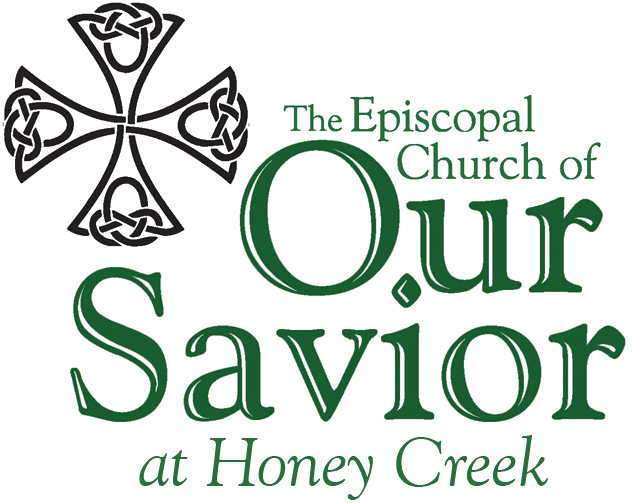
They're everywhere along the roadside in Camden and Glynn Counties. Have you seen them? They have already bloomed and are putting off their downy seeds. I'm sure they serve some purpose in the great world of ecology, but for the life of me I don't know what it is. I have been wondering what kind of thistles those are, but I have not had the nerve to stop and examine them closely. I think they are too close to the ground to be Canadian Thistles.
Every year, American Farmers collectively spend millions of dollars trying to rid their fields of Canadian Thistles, which can grow about two fee t tall. They diminish the value of crops. That's what we had in our vegetable garden when I was a kid, and I remember particularly that they invaded my mother's rhubarb patch. They were the bane of my parents' gardening experience. Thistles have sharp thorns on their leaves and we were well taught not to touch them. Otherwise we would have been picking thorns out of our skin.
t tall. They diminish the value of crops. That's what we had in our vegetable garden when I was a kid, and I remember particularly that they invaded my mother's rhubarb patch. They were the bane of my parents' gardening experience. Thistles have sharp thorns on their leaves and we were well taught not to touch them. Otherwise we would have been picking thorns out of our skin.
 t tall. They diminish the value of crops. That's what we had in our vegetable garden when I was a kid, and I remember particularly that they invaded my mother's rhubarb patch. They were the bane of my parents' gardening experience. Thistles have sharp thorns on their leaves and we were well taught not to touch them. Otherwise we would have been picking thorns out of our skin.
t tall. They diminish the value of crops. That's what we had in our vegetable garden when I was a kid, and I remember particularly that they invaded my mother's rhubarb patch. They were the bane of my parents' gardening experience. Thistles have sharp thorns on their leaves and we were well taught not to touch them. Otherwise we would have been picking thorns out of our skin. The Bible often mentions thorns and thistles in one breath. According to the Book of Genesis [3:18], an abundance of thorns and thistles were part of the result of Adam's disobedience: "thorns and thistles it [the ground] shall bring forth for you . . ."
Jesus asked, "Are grapes gathered from thorns, or figs from thistles?" [Matthew 7:16]
Thistles have never gotten good press. Apparently, they are just a thorn in our side.
Pastor Linda
The Rev. Linda McCloud
Founding Pastor
The Episcopal Church of Our Savior at Honey Creek




1 comment:
The thistle has a better press in Scotland since it's our national symbol. You may be interested in www.mcgrorty.com/thistle.htm for the story of a Viking attack that led to us adopting it. So thistles are not all bad!
Post a Comment